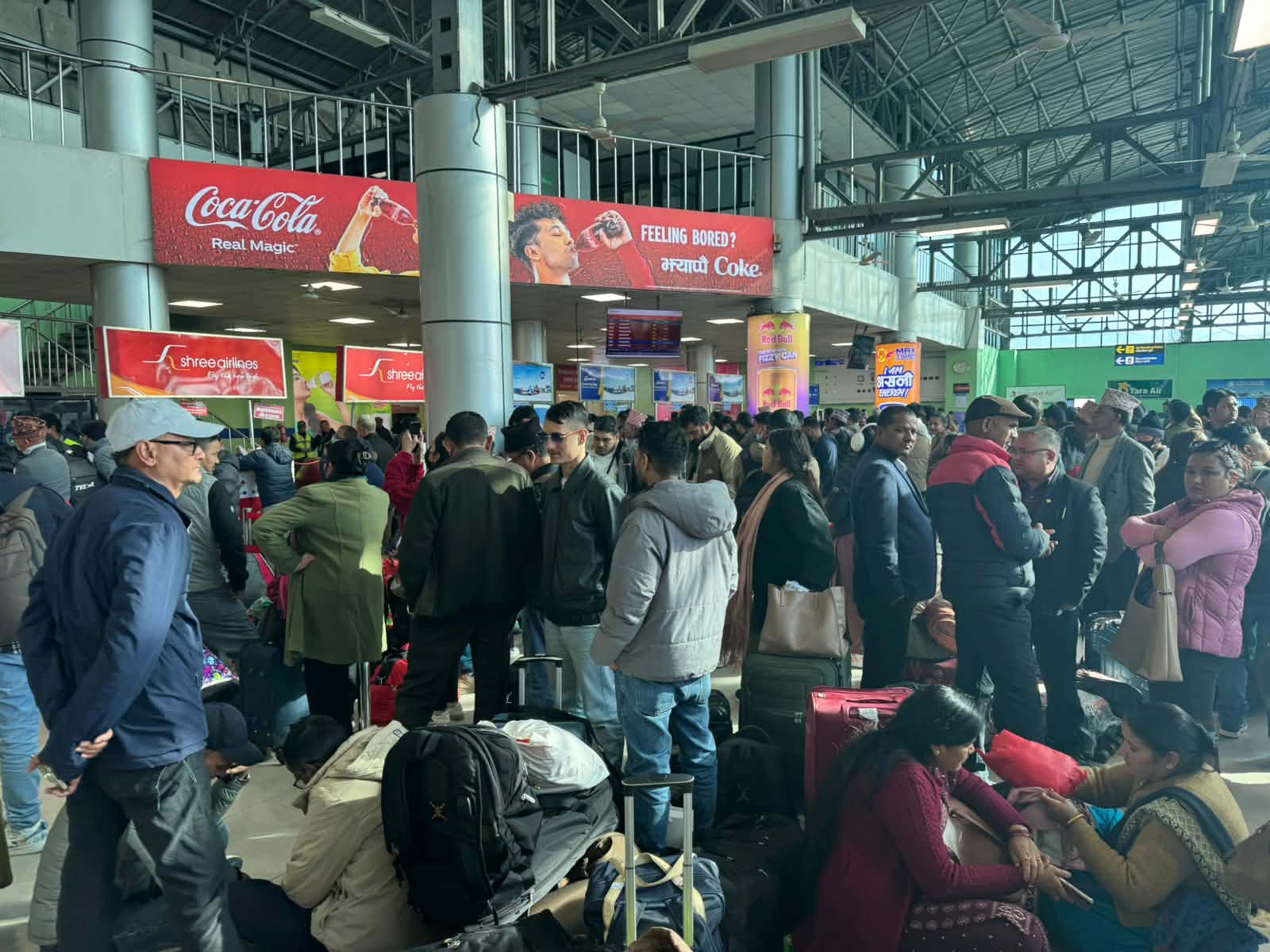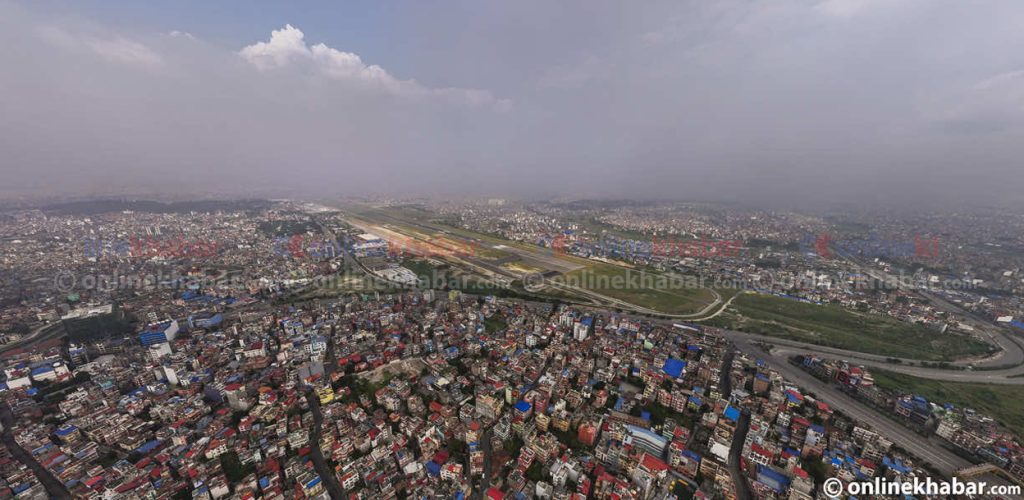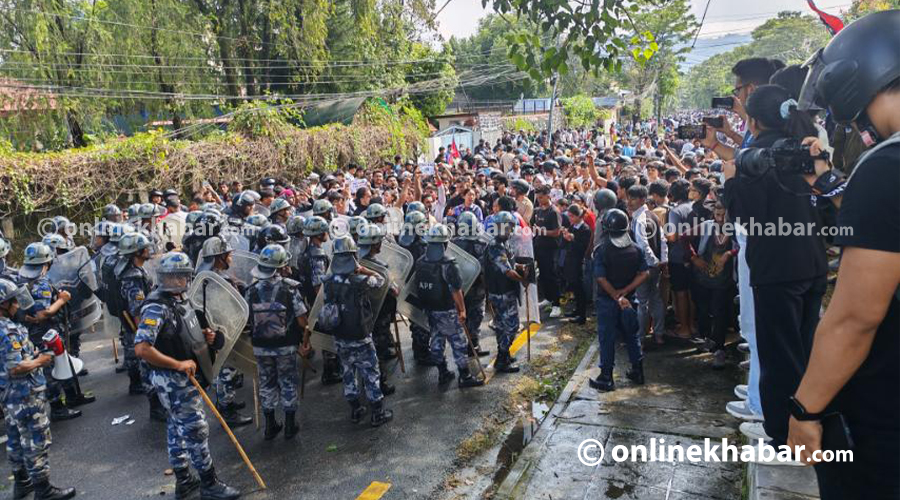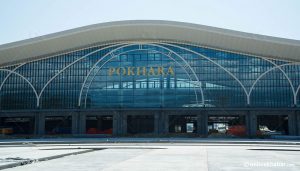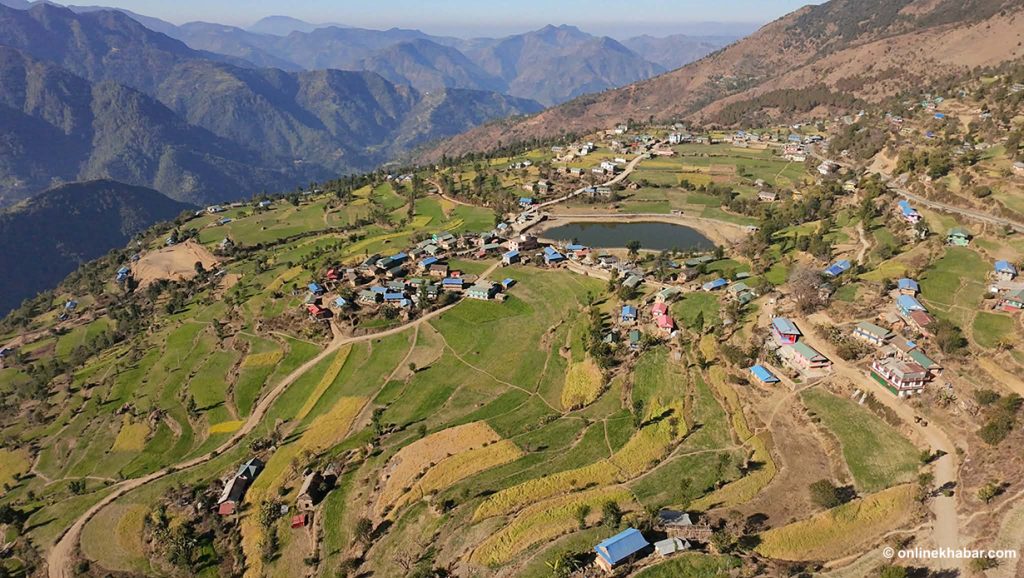
Shankar Raj Pathak, 90, suddenly got a smile on his face after seeing an aeroplane landing at Pokhara’s new international airport.
The inauguration of the Pokhara Regional International Airport recently made him nostalgic as it took him 40 years back when he used to have conversations with the late King Birendra Shah about having an international airport in Pokhara.
According to Pathak, he still remembers the beauty of Pokhara with a smaller population and limited market areas. The pristine Pokhara could have been considered beautiful, but the unavailability of any infrastructure development would keep him restless.
One day, King Shah, sitting on the bank of Phewa lake, asked Pathak about possibilities to attract more tourists to Pokhara, hyped as Nepal’s tourism capital today.
Then, Shankar Raj Pathak suggested he establish an international airport in Pokhara.
The king surprisingly asked, “International airport?”
“Yes,” Pathak replied.
After the inauguration of the international airport on January 1, Pathak said, “It took nearly 50 years to see a dream come true.”
It was not only the airport that received Shankar Raj Pathak’s contribution as stakeholders say his ideas had an impact on all major sectors of infrastructure development in the city that attracts millions of tourists every year.
Pathak’s connection with Pokhara
Pathak was in the education sector before being appointed the head of administration of the then Gandaki zone in 1972.
It was the time when Pathak had just returned to Nepal from the USA, where he worked as a visiting professor. Somehow, he had a meeting with King Birendra Shah around then.
The king asked him about the subject he taught. It was economic development, replied Pathak. “It’s something that should be done in Nepal,” the king said.
After some days, the king asked Shankar Raj Pathak and veteran artist Lain Singh Bangdel to propose necessary plans and policies to establish the Royal Nepal Academy, the predecessor of today’s Nepal Academy.
After some days, King Shah asked him to go to Pokhara and run the administration. Back then, Pokhara was a completely different place. It was not urbanised.
Later, Shah appointed Pathak as the president of the town planning committee during his visit to Pokhara. Pathak suggested Shah build an international airport after completing town planning and opening a new road.
Shah asked Shankar Raj Pathak to discuss it with the Transportation Minister Prayag Raj Suwal.
“I told Shah about the reason why tourists visit only Kathmandu and not Pokhara. And, the solution to attracting more tourists directly in Pokhara would be having an international airport in Pokhara,” Pathak says.
“This will increase the number of tourists in Pokhara. It will not just develop Pokhara but also the entire Gandaki zone.”
The deferred dream of an international airport
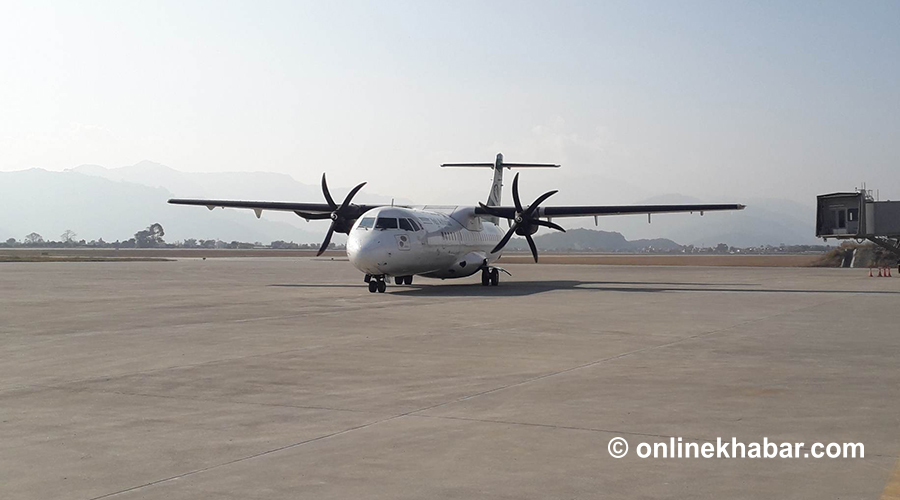
Later, Minister Suwal and engineer Gauri Nath Rimal came to see the land for the airport.
The technical team concluded Majheripatan was an appropriate place to build the airport. For land acquisition, with support from Asian Development Bank (ADB), King Shah sent Rs 10 million. Then, Shankar Raj Pathak went to convince the locals to provide land for acquisition.
They spent the entire day reaching out to people and convincing them that land would be acquired at existing market value. They said that the airport would greatly benefit them and they agreed to the deal. After that, the government started measuring the land and compensating locals.
“We also asked the locals to responsibly spend money,” he says.
Under the leadership of Pathak, 389 acres of land were acquired in three months in 1975. Yet, the construction plan was not yet clear. According to Shankar Raj Pathak, the king was in a mood to build the airport even by taking loans.
An ADB team was called for the assessment of investment possibilities.
Prithivi Highway, connecting Kathmandu to Pokhara, was already in operation. The bridge between Muglin and Damauli was also ready. The route of Kathmandu-Pokhara started witnessing an active vehicular movement. Hence, the ADB team withdrew from the international airport plan. Hence, the plan was in limbo for nearly 50 years.
But, in recent years, the plan was revived and it has finally been successful although there are doubts over its operational success.
Shankar Raj Pathak reached Pokhara a day before the event.
“I am extremely happy to see the airport coming into operation after five decades,” he says, “I am remembering King Birendra Shah at the moment.”
Founding modern Pokhara
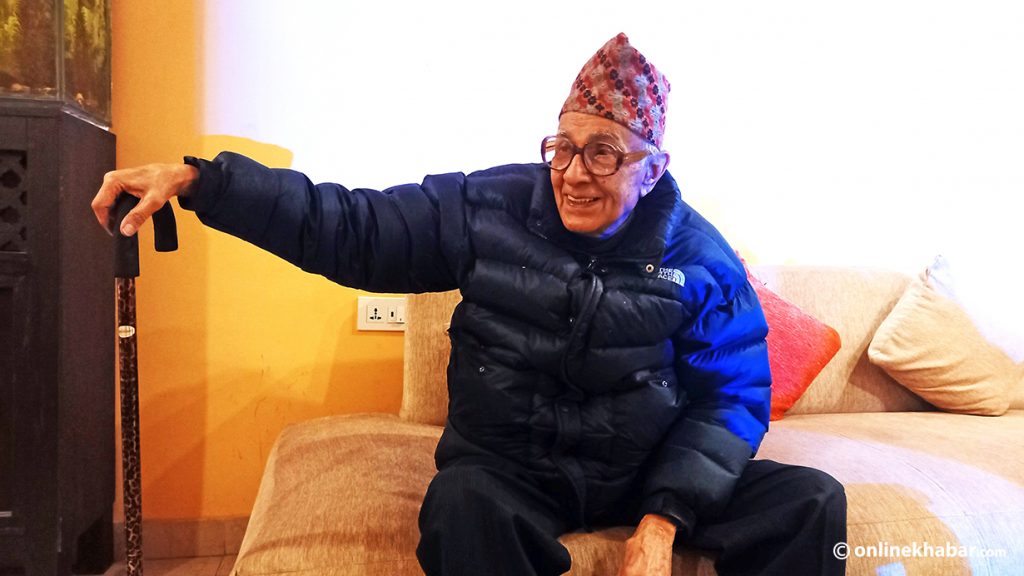
While Pathak was working on Pokhara’s development, he met Padam Bahadur Chhetri, an urban management graduate from the United Kingdom. To make Pokhara more organised, the two joined hands. They also consulted Harka Gurung frequently.
They completed infrastructure development planning for Pokhara, which included building government offices, constitutional offices, industrial areas and heritage sites among others.
“If that planning had been implemented well, Pokhara would have been a different place today,” Shankar Raj Pathak says.
While the plan did not materialise completely, it laid the foundation of modern Pokhara. Pokhara New Road, the stadium, the industrial area, Begnas street and different offices were developed under the leadership of Pathak.
Pathak is known for his bold personality who understands the needs of the people, envisages the demands of the future and works without pressure or influence. He even demolished the residence of a minister, which was built illegally on the bank of the Phewa lake.
Shankar Raj Pathak’s leadership is credited for the wide roads of Pokhara. Under his leadership, the concept of land pooling was implemented for the first time in Nepal.
“Everywhere I worked, I have always remained with my duties and responsibilities,” says Pathak. “I feel proud that I have contributed notable things to the country’s development.”
This story was translated from the original Nepali version and edited for clarity and length.






